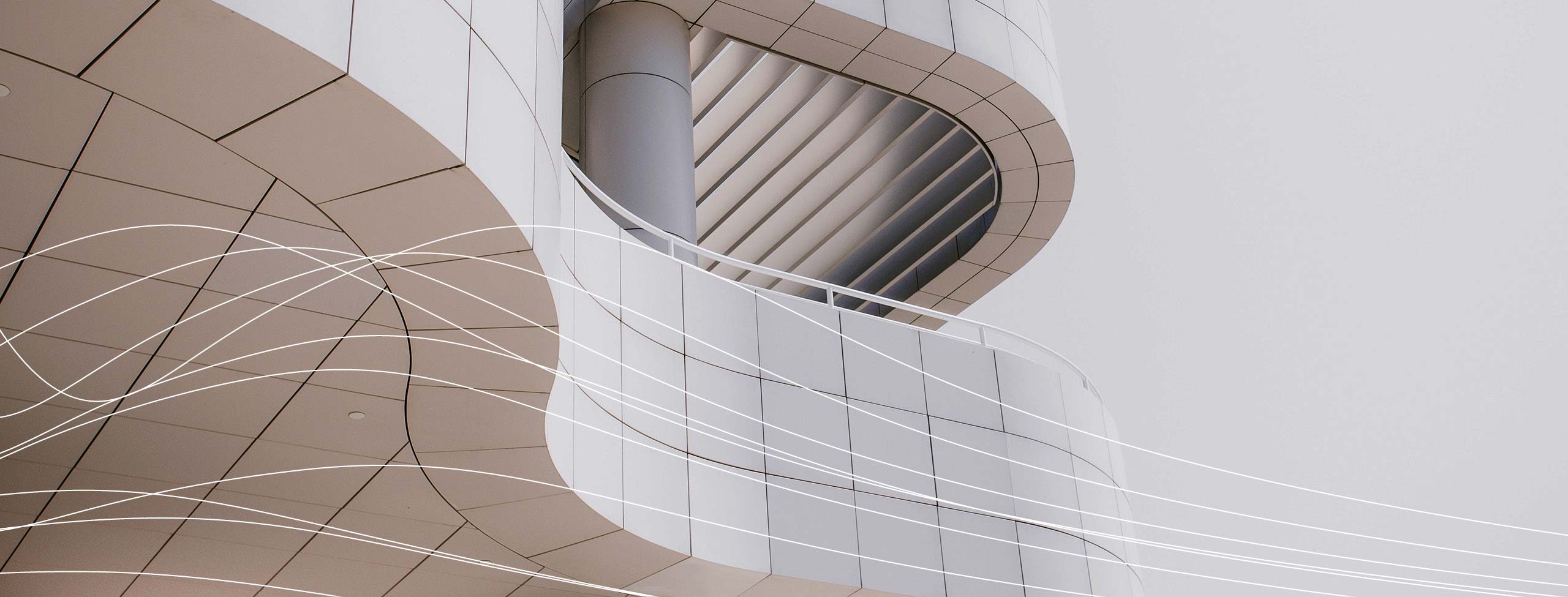Remote concerts and events: Ensuring protection of IPRs and new tax scrutiny of artists’ performance
The COVID-19 pandemic has caused the cancellation or postponement of the majority of concerts and live events, leading to an unprecedented crisis in the events and live music industry. In fact, although the streaming of music through dedicated platforms and apps has boosted the music industry in recent years, a great deal of an artist's revenue still comes from live performances.
However, even during the months of lockdown, music did not stop, as the absence of live music events has stimulated artists and fans to reinvent the live concert experience by creating and supporting new platforms to discover, listen, and share music while social distancing. The music industry has thus recently embraced new ways to encourage fan engagement by introducing the public to what could take the stage as the new normal of live events for a while: remote concerts and tours.
In this scenario, new legal challenges arise. Some of the most relevant issues concern the copyright protection of the works involved in streamed concerts, as well as the arrangement of the relevant compensations.
Firstly, the artist's right to perform their copyrighted work in front of a public (whether in person or remotely) stands as one of the exclusive rights that a copyright owner is entitled to, along with the right to reproduce and distribute their work. But what if the concert is played by different artists, each from a different location and playing their own part and then synchronized to the moving images of each player or to different images? This is what happened, for instance, in the #Italiasuona flashmob recently organized by Filarmonica della Scala. The outcome of the performance will likely be considered a new audio-visual derivative work including a new live execution.
Thus, those who wish to share these kind of works with the public must check whether their new or existing agreements cover all the new normal rights (e.g. right of performance, right to communicate to the public through online means new executions of the same work, as well as synchronization rights over the concerned work). Not to mention the authorization to use the image rights of each performer and share the content by each performer to maximize the audience.
Further, such rights might run the risk of being infringed: the most important concern will be to make sure the live streaming platform involved only uses authorized content in each online event. In this regard, some online music platforms and social networks have already been provided with algorithms which are able to automatically detect copyrighted music. Further, making the same performances of an artist available on demand, and thus on a continuous basis, would also involve the need to establish licenses from right-holders, as well as licenses related to synchronization, in case videos are involved during the streamed events.
The compensation of artists and staff operating in the live industry is another crucial point of change for the future, which also needs to be taken into account in agreements. In this regard, although a different experience from the usual live concert atmosphere could justify a lower price for each single ticket sold, the online-based approach of such events will undoubtedly profit from a much wider and more diverse reach.
In this new era, the compensation of artists and staff has to be scrutinized under a different – and more digital – tax approach.
In principle, the OECD Model Tax Convention emphasizes the need to assess the existence of a close connection between the income and the performance. Such connection will generally be found to exist where it cannot be reasonably considered that the income would have been derived in the absence of a performance of these activities. The right to receive a remuneration for musicians and artists is strictly connected to their exhibitions.
These issues are high on the agenda of international music managers and artists as well as tax professionals and authorities.
A recent case involved the analysis of tax treatment of income received by two musicians (tax resident of Germany and Switzerland) engaged by an Italian foundation to perform at two concerts outside of Italy.
According to the agreement concluded between the foundation and the international artists, though remuneration was due in connection with the participation in the concerts outside of Italy, all preparatory activities, such as concert rehearsals, had to be carried in Italy and no specific remuneration – nor a reimbursement of the expenses – was due.
The Italian tax authorities' view can be summarized as follows: the income paid to the musicians is treated as income from artistic performance carried out entirely outside the Italian territory, regardless of the days of presence in Italy for concert rehearsals. Therefore, such income is not subject to Italian taxation in the hands of the non-resident musicians. As a matter of fact, concert rehearsals carried out in Italy should not be treated as separate activities from the concert exhibition (they are an essential part of it). The conclusion appears consistent with the clarifications provided in the OECD Commentary on Article 17 of the mentioned OECD Model.
What about the legal and tax issues of compensation deriving from the streaming platforms? These issues might need to be explored more in detail, in light of the new key role of the digital tools for the live industry, especially in the case of concerts involving renowned international artists. Possible means to be considered to assess compensation are earnings calculators, which are unofficial tools, already used by influencers, providing earning potential guidelines by taking into account the number of interactions, followers and reach of the shared content.
Should you have any questions or need any further information, please contact Antonio Longo, Elena Varese and Andrea Michelangeli.
